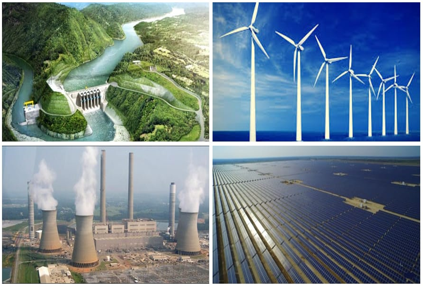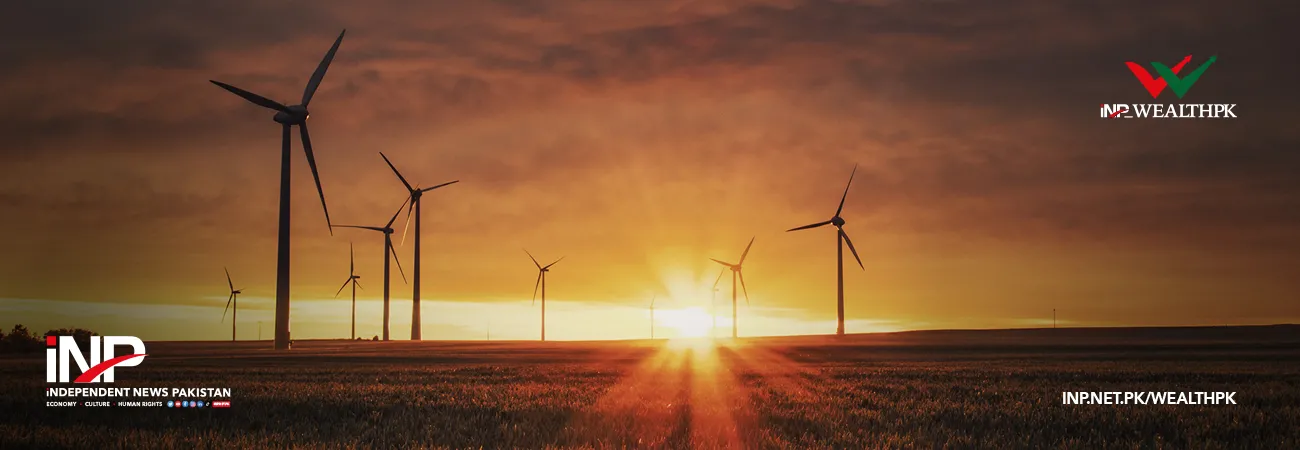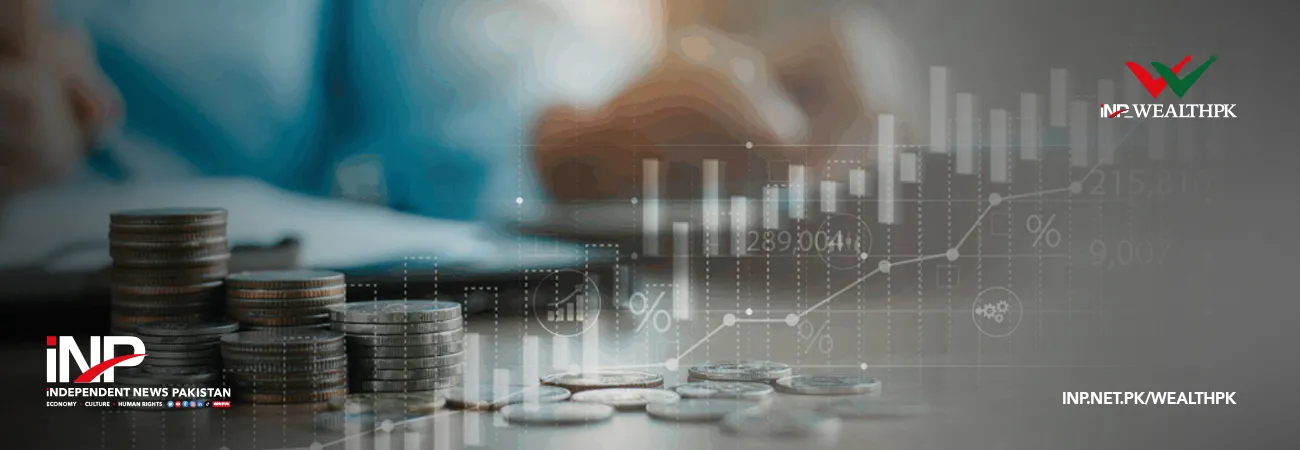INP-WealthPk
Ayesha Saba
Pakistan-China cooperation in renewable energy and green technology positions CPEC as a key driver of Pakistan’s energy and industrial transformation.

As the second phase of CPEC unfolds, the stakeholders are optimistic that the shift toward a cleaner, more diversified, and locally sustained energy ecosystem will accelerate economic modernization and sustainable development across the country. Talking with WealthPK, Nauman Hashmi, an energy economist at Sustainable Policy Development Institute (SDPI) said, “CPEC energy portfolio has directly contributed to resolving Pakistan’s generation shortfall, adding over 12,000MWs to the national grid since 2015.”
The construction of Chinese-financed coal, hydro, solar, and wind-based power projects has significantly reduced the gap between electricity demand and supply. However, he said that simply adding megawatts is not enough, emphasizing the urgency of aligning CPEC’s development trajectory with sustainable development goals. “Now is the time for us to explore strategies together to promote economic growth and prosperity. We must prioritize environmental protection,” he said.
In his view, climate crisis — evidenced by Pakistan’s repeated exposure to flash floods, heatwaves, and changing weather patterns — calls for a deliberate shift from conventional to sustainable production methods to offset rising carbon emissions. He also cautioned that while CPEC had improved generation capacity, the next big challenge lay in transmission and distribution. Power losses and inefficiencies continue to plague the system. “Energy security is not just about production.
It’s about delivering reliable electricity at affordable costs,” he said and advocated immediate reforms in power sector governance, including upgrading transmission lines and rationalizing tariffs. Talking with WealthPK, Dr. Arif Goheer, Principal Scientific Officer at Pak-NDC Secretariat Global Change Impact Studies Centre (GCISC), Ministry of Climate Change, called for developing a green investment roadmap, which will help manage environmental and social risks while aligning CPEC projects with Pakistan’s commitments to clean energy.
He pointed out that Pakistan is still in the early stages of economic transformation, and the main obstacle to its transition to renewable energy is the lack of financial resources. “Green financing in Pakistan is still a residual policy not integrated into the mainstream economic planning,” he said, noting that this gap impedes progress on a climate-resilient infrastructure and renewable energy expansion.
While Chinese investments have brought technical expertise and large-scale renewable projects, deeper institutional reforms are needed, he added. “Pakistan suffers from a lack of energy efficiency measures, weak enforcement of environmental regulations, and low public awareness about the benefits of renewables and energy-efficient practices,” he said. These systemic issues, he argued, prevent full realization of a clean energy future despite improvements in generation capacity.
Credit: INP-WealthPk













